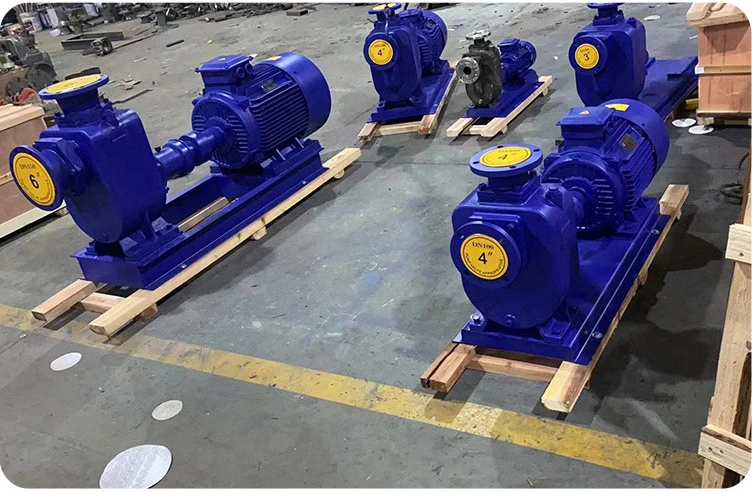English
- Afrikaans
- Albanian
- Amharic
- Arabic
- Armenian
- Azerbaijani
- Basque
- Belarusian
- Bengali
- Bosnian
- Bulgarian
- Catalan
- Cebuano
- Corsican
- Croatian
- Czech
- Danish
- Dutch
- English
- Esperanto
- Estonian
- Finnish
- French
- Frisian
- Galician
- Georgian
- German
- Greek
- Gujarati
- Haitian Creole
- hausa
- hawaiian
- Hebrew
- Hindi
- Miao
- Hungarian
- Icelandic
- igbo
- Indonesian
- irish
- Italian
- Japanese
- Javanese
- Kannada
- kazakh
- Khmer
- Rwandese
- Korean
- Kurdish
- Kyrgyz
- Lao
- Latin
- Latvian
- Lithuanian
- Luxembourgish
- Macedonian
- Malgashi
- Malay
- Malayalam
- Maltese
- Maori
- Marathi
- Mongolian
- Myanmar
- Nepali
- Norwegian
- Norwegian
- Occitan
- Pashto
- Persian
- Polish
- Portuguese
- Punjabi
- Romanian
- Russian
- Samoan
- Scottish Gaelic
- Serbian
- Sesotho
- Shona
- Sindhi
- Sinhala
- Slovak
- Slovenian
- Somali
- Spanish
- Sundanese
- Swahili
- Swedish
- Tagalog
- Tajik
- Tamil
- Tatar
- Telugu
- Thai
- Turkish
- Turkmen
- Ukrainian
- Urdu
- Uighur
- Uzbek
- Vietnamese
- Welsh
- Bantu
- Yiddish
- Yoruba
- Zulu
Telephone: +86 13120555503
Email: frank@cypump.com
Oct . 31, 2024 04:03 Back to list
sewage submersible pumps
Understanding Sewage Submersible Pumps A Vital Component for Wastewater Management
Sewage submersible pumps are essential devices in modern wastewater management systems. These pumps are designed to operate underwater, efficiently transporting sewage and wastewater from lower elevations to treatment facilities or higher ground. Their unique design allows them to handle not just water, but also solid waste materials and sludge, making them crucial in sewage treatment plants, drainage systems, and residential setups.
How Sewage Submersible Pumps Work
The operation of sewage submersible pumps is based on a relatively straightforward principle. These pumps are encased in a waterproof housing, allowing them to be fully immersed in the fluid they are pumping. The motor, located at the top of the pump, drives an impeller, which creates the suction needed to draw in sewage. Once the wastewater enters the pump, it is forced upwards through a discharge pipe, facilitating the transfer of waste to treatment facilities.
One of the most significant advantages of submersible pumps is their ability to handle a heterogeneous mix of liquids and solids. With impeller designs that can effectively manage large particles, these pumps minimize the risk of clogging, a common challenge in traditional sewage systems. Furthermore, because they are submerged, submersible pumps reduce the need for extensive pumping stations since they can operate directly in the sewage basin or pit.
Advantages of Using Sewage Submersible Pumps
1. Space Efficiency Submersible pumps require less installation space than conventional centrifugal pumps, as they do not require a separate pump house. This makes them ideal for confined areas such as basements or smaller treatment facilities.
2. Lower Noise Levels Since the pump operates underwater, the noise generated during its operation is significantly reduced, making it more suitable for residential areas where noise pollution could be a concern.
sewage submersible pumps

3. High Efficiency Submersible pumps typically have higher hydraulic efficiency compared to other types of wastewater pumps. This efficiency translates to lower energy consumption and operational costs, which is a critical consideration for municipal and industrial applications.
4. Versatility These pumps are not limited to sewage applications. They can also be used for agricultural runoff, stormwater drainage, and even for dewatering construction sites. This versatility makes them a valuable asset across various industries.
5. Durability Designed to withstand harsh conditions, submersible pumps are typically made from high-quality materials resistant to corrosion and wear. This durability extends the lifespan of the pump, reducing replacement costs over the long term.
Applications of Sewage Submersible Pumps
Sewage submersible pumps are widely used in various sectors. In municipal wastewater management, they are integral to maintaining the flow of sewage from homes to treatment plants. In industrial settings, they manage effluents and help reduce environmental contamination. Furthermore, in residential septic systems, they facilitate the movement of waste to the leach field or treatment units.
Conclusion
In conclusion, sewage submersible pumps are a critical technology in managing wastewater effectively. Their ability to operate efficiently, handle solid waste, and save space makes them indispensable in both urban and rural settings. As industries continue to evolve and focus on sustainable practices, the role of sewage submersible pumps in ensuring effective wastewater management will only grow in importance. Investing in quality submersible pump systems not only enhances operational efficiency but also contributes to a cleaner and more sustainable environment.
-
Reliable Non-Clog Sewage Pumps with GPT-4-Turbo Tech
NewsAug.04,2025
-
High-Performance Air Pumps for Sand & Gravel | Efficient Transport
NewsAug.03,2025
-
ISG Series Vertical Pipeline Pump - Chi Yuan Pumps Co., LTD.|Energy Efficiency, Corrosion Resistance
NewsAug.03,2025
-
ISG Series Pipeline Pump - Chi Yuan Pumps | Energy Efficiency&Compact Design
NewsAug.03,2025
-
ISG Series Vertical Pipeline Pump - Chi Yuan Pumps Co., LTD.|High Efficiency, Low Noise, Durable
NewsAug.02,2025
-
ISG Series Vertical Pipeline Pump - Chi Yuan Pumps | High Efficiency, Low Noise
NewsAug.02,2025










